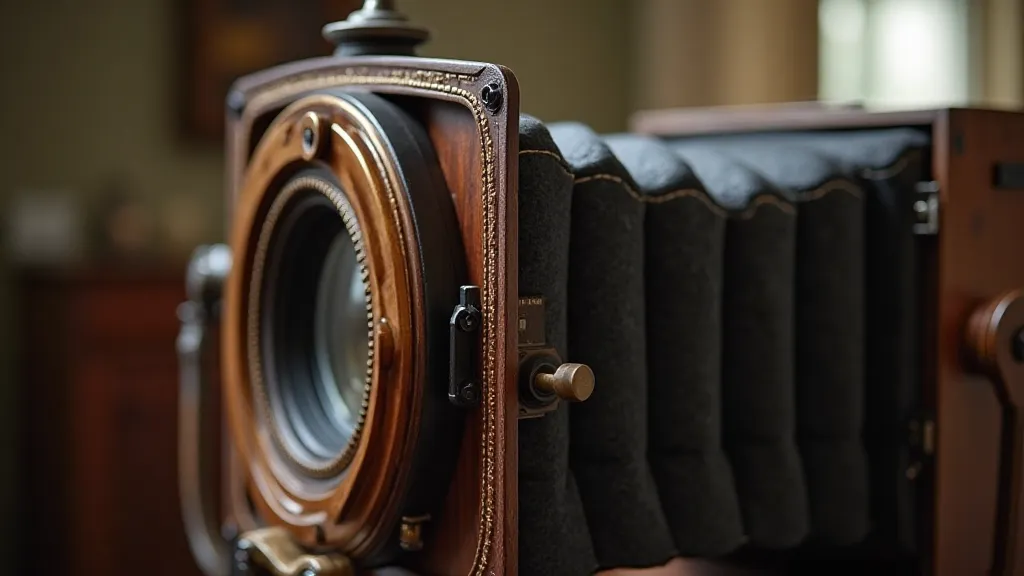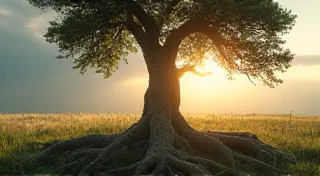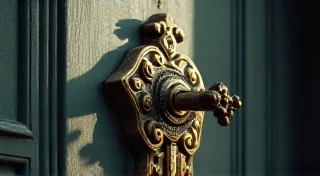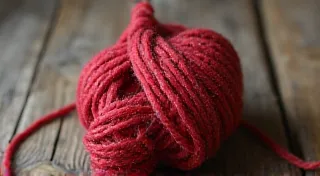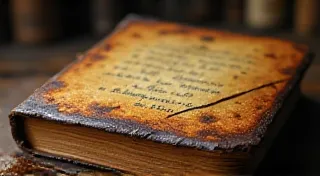The Luminary's Burden: The Challenges and Triumphs of Early Photographic Pioneers
The story of photography isn’t just about capturing light; it’s a tale woven with threads of relentless experimentation, frustrating dead ends, and the quiet, almost mystical dedication of individuals who believed in a dream most couldn't comprehend. To understand the allure of antique cameras, to appreciate their beauty and their value, we must first understand the burden carried by those who first wrestled with the nascent art of capturing a moment in time. We’re not just looking at machines; we're gazing into the minds of innovators, each grappling with scientific impossibilities to bring their vision to life.
Before digital sensors and instant previews, there was a world of murky chemicals, painstakingly ground lenses, and a constant fear of failure. Consider Nicéphore Niépce, often credited with creating the world’s first photograph, "View from the Window at Le Gras." It took him nearly eight hours of exposure time – an unimaginable commitment by today’s standards. He experimented with bitumen of Judea, a naturally occurring asphalt, knowing little about the chemical processes at play. His process was laborious, imperfect, and ultimately, shrouded in a degree of mystery even to himself. Imagine the frustration, the painstaking effort, the countless failed attempts before that grainy image slowly materialized. That image wasn't a triumph of technology, but a testament to sheer perseverance.
Then came Louis Daguerre, who partnered with Niépce and, after his death, refined the process to create the Daguerreotype. This process, while significantly faster than Niépce’s, still required exposure times measured in minutes. The resulting image, a shimmering, exquisitely detailed positive on a silvered copper plate, was a revelation. But it was also fragile, unique (no negatives existed to create multiple copies), and required dangerous chemicals. The very act of capturing a portrait was a significant undertaking, a performance for the subject, a commitment for the photographer.
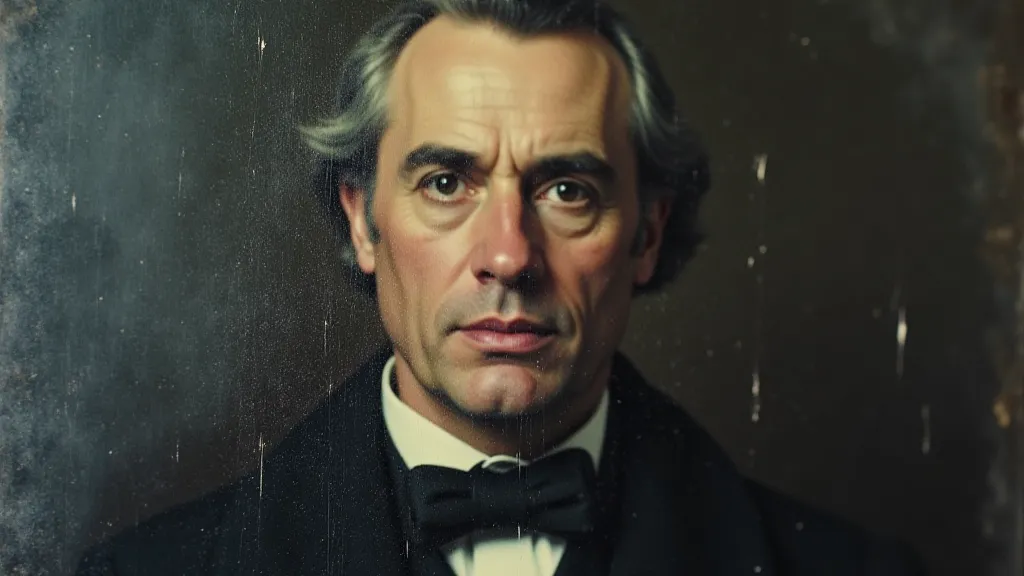
The early years of photography were marked by a constant search for improvement. William Henry Fox Talbot, working independently of Daguerre in England, developed the Calotype process, which used paper negatives. While not as sharp as Daguerreotypes, Calotypes offered the crucial advantage of reproducibility – multiple prints could be made from a single negative, democratizing the possibility of photography. However, the paper used often absorbed the chemicals, leading to a characteristic “fuzzy” quality. Each process had its own set of limitations, demanding a deep understanding of chemistry, optics, and a willingness to adapt.
The personal stories of these pioneers are as compelling as their inventions. Consider George Eastman, the founder of Kodak. He famously lowered the barrier to entry into photography with the introduction of the Brownie camera in 1900 – a simple, inexpensive box camera that declared, “You press the button, we do the rest.” While often celebrated for this accessibility, it's important to remember the complexities of his business practices and the significant labor involved in the processing of the film for his customers – a hidden aspect of photographic convenience.
Antique cameras aren't just relics of a bygone era; they're tangible links to these stories. Holding a Kodak Brownie in your hand, feeling the cool metal of a Daguerreotype lens, or examining the intricate gears of a bellows camera evokes a profound connection to the past. These objects represent more than technological advancements; they embody the ingenuity, the dedication, and the sheer determination of the individuals who dared to dream of capturing the world around them.
The Craftsmanship and the Challenges of Restoration
The early cameras were hand-built marvels of engineering. Each lens was painstakingly ground and polished, each bellows carefully stitched. The quality of the materials, the precision of the construction, is evident in every detail. Even seemingly minor components, like the leatherette covering on a bellows, were crafted with care. This level of craftsmanship is rarely seen in modern mass-produced goods. Restoration of these cameras requires a deep understanding of these techniques, and a respect for the original materials and methods.
Restoring an antique camera isn’t about making it perfect; it’s about preserving its history and character. A pristine, untouched camera is valuable, but a well-restored camera can be a joy to use and a testament to the enduring quality of its design. However, improper restoration can significantly diminish a camera’s value. Using inappropriate adhesives, replacing original leather with synthetic materials, or repainting a camera body can all damage its authenticity.
Collecting and the Enduring Appeal of the Past
Collecting antique cameras is more than just accumulating objects; it's about curating a history, a narrative of innovation and artistry. The variety of models is astonishing, from the bulky wet plate cameras of the mid-19th century to the elegant folding cameras of the early 20th. Each model has its own unique characteristics, its own quirks, its own story to tell. A collector isn't just interested in the mechanics of the camera; they're interested in the social, cultural, and technological context in which it was created.
The collecting community is passionate and knowledgeable, eager to share their expertise and connect with others who appreciate the beauty and history of these artifacts. While some cameras are rare and valuable, many are surprisingly affordable, making it possible for anyone to start a collection. The allure isn't just in rarity; it’s in the tangible connection to a time when the act of creating an image was a deliberate and meaningful process.
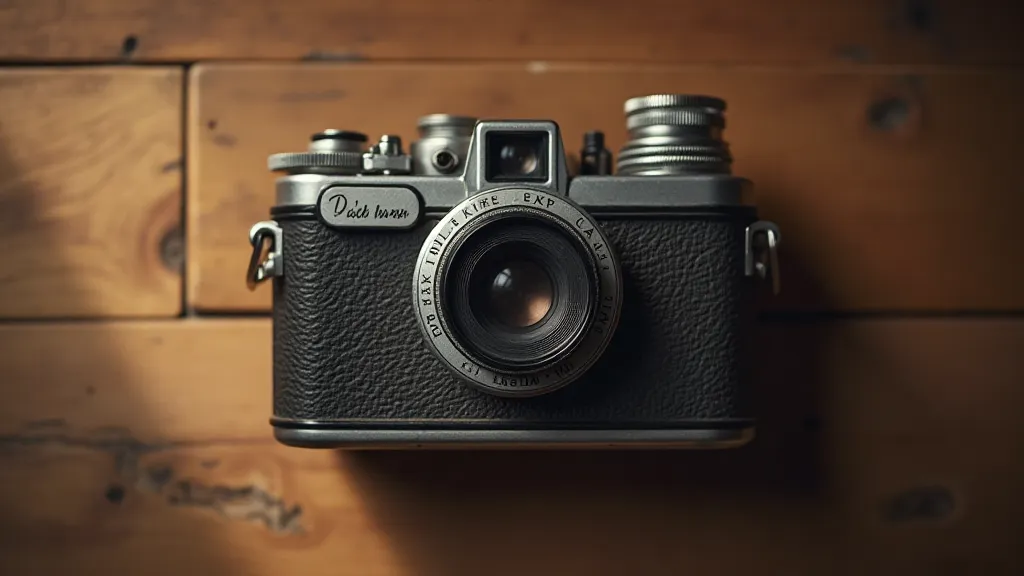
Beyond the Image: A Legacy of Innovation
The early photographic pioneers faced immense challenges – technological, chemical, and financial. They were driven by a belief in the power of their vision, a commitment to pushing the boundaries of what was possible. Their legacy extends far beyond the invention of photography itself. They laid the foundation for the modern photographic industry, and their innovations continue to inspire artists and inventors today. To truly appreciate the beauty of an antique camera is to understand the incredible burden – and the extraordinary triumphs – of those who first dared to capture a moment in time.
Perhaps the most important lesson we can learn from these pioneers is the importance of perseverance. The road to innovation is rarely easy. It requires hard work, dedication, and a willingness to embrace failure. The antique cameras that survive as testaments to this era are not just beautiful objects; they are powerful reminders of the human capacity for ingenuity and the enduring power of the creative spirit.
